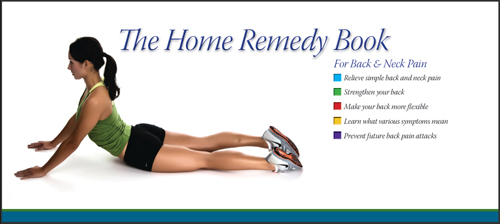- Locations
- Find a Physician
- By Physician
- By Department
- The Center for Spine Health
- Hand & Wrist Center
- Shoulder & Elbow Center
- Foot & Ankle Center
- Joint Replacement Center
- The Sports Medicine Center
- Pediatric Orthopedic Center
- Trauma & Fracture Center
- Osteoporosis and Bone Health
- Oncology Center
- Cartilage Repair Center
- Concussion Rehab Center
- OrthoDirect
- Careers
- Patient Portal
- Intranet
Flatback Syndrome | Pediatric Scoliosis | Adult Scoliosis | Surgical Options | Harrington Rod | Lordosis
 About Lordosis
About Lordosis
 Lordosis is a condition consisting of an excessive inward curve of the spine causes the body to improperly distribute mechanical stress from movement such as walking. This condition can effect all ages and usually appears in the lower back but sometimes it is present in the neck. Lordosis found in the lower back can give the person an exaggerated posture, which can affect movement and cause pain as well. Some of the factors that can contribute to lordosis include inflammation of intervertebral discs, kyphosis, osteoporosis and obesity. Lordosis is not guaranteed to need medical attention, but when the curve becomes fixed it is advised to see a spinal specialist.
Lordosis is a condition consisting of an excessive inward curve of the spine causes the body to improperly distribute mechanical stress from movement such as walking. This condition can effect all ages and usually appears in the lower back but sometimes it is present in the neck. Lordosis found in the lower back can give the person an exaggerated posture, which can affect movement and cause pain as well. Some of the factors that can contribute to lordosis include inflammation of intervertebral discs, kyphosis, osteoporosis and obesity. Lordosis is not guaranteed to need medical attention, but when the curve becomes fixed it is advised to see a spinal specialist.
Restoring Lordosis
Restoring lordosis refers to the process of regaining or improving the natural curvature of the lower back known as lordosis. Lordosis is the inward curve of the spine in the lumbar region (lower back), which helps maintain balance and absorb shock.
If a person's lordotic curve becomes flattened or reversed, it can lead to conditions such as flat back syndrome or swayback posture. Restoring lordosis typically involves a combination of therapeutic approaches that aim to strengthen the muscles surrounding the spine, improve flexibility, and correct postural imbalances.
Some common strategies for restoring lordosis may include:
-
Physical therapy: A physical therapist can develop an exercise program that targets the specific muscles needed to support the natural curvature of the spine. These exercises may focus on strengthening the core, hip, and back muscles while improving flexibility and range of motion.
-
Stretching and flexibility exercises: Stretching exercises can help lengthen tight muscles that contribute to a flattened or reversed lordotic curve. These exercises often target the hip flexors, hamstrings, and lower back muscles.
-
Posture correction: Practicing proper posture throughout the day can help restore lordosis. This may involve learning to maintain a neutral spine alignment, avoiding excessive slouching or arching of the back, and using ergonomic techniques while sitting, standing, and lifting.
-
Core strengthening exercises: Strengthening the core muscles, including the abdominal and back muscles, can provide stability and support to the spine, aiding in the restoration of lordosis.
-
Lifestyle modifications: Making certain lifestyle changes, such as maintaining a healthy weight, avoiding prolonged sitting or standing in poor postures, and using supportive footwear, can also contribute to restoring lordosis.

Dr. Alan Daniels and Dr. Bassel Diebo are ranked top 20 in the world for Lordosis Treatment.








